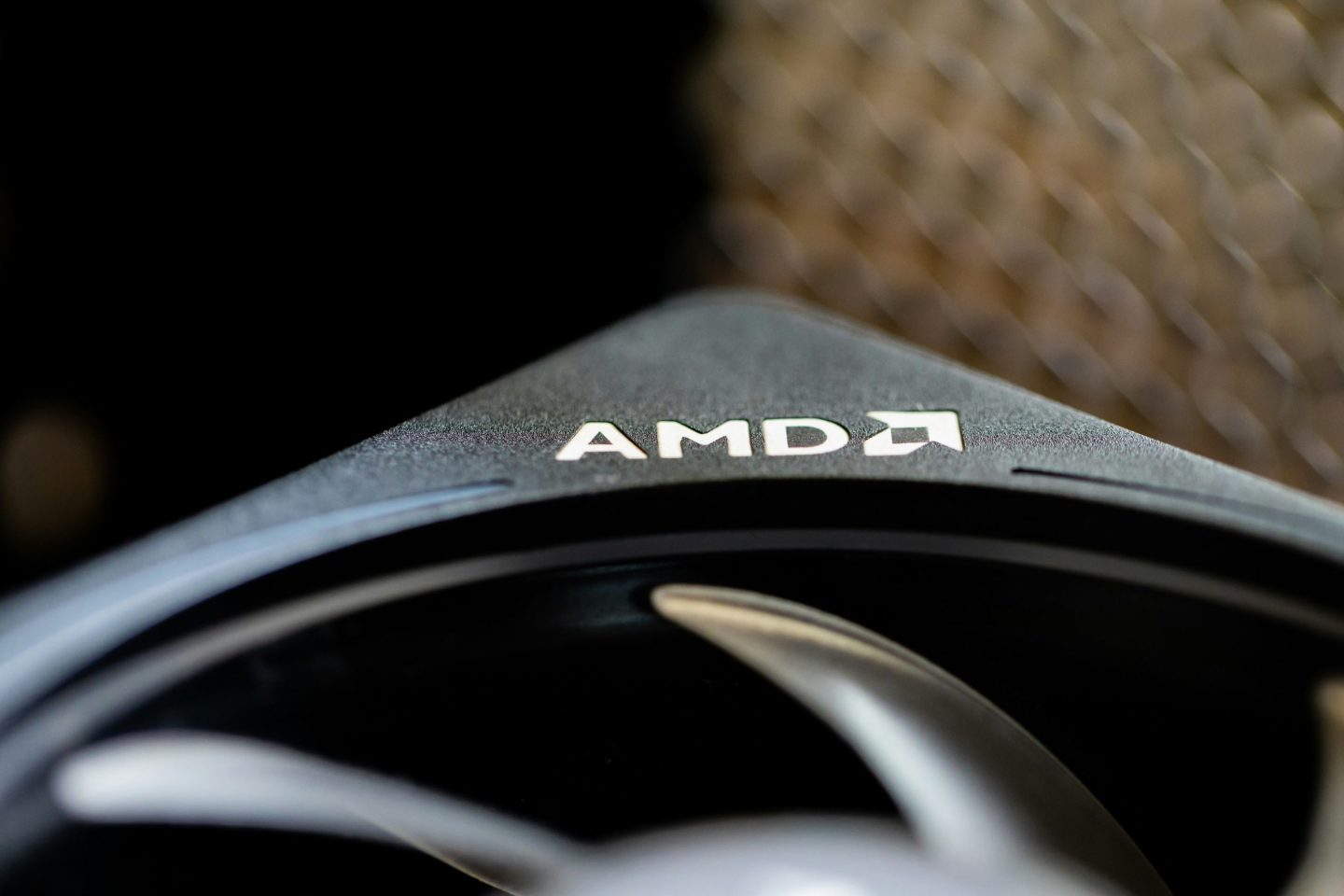The U.S. Department of Energy (DOE) has partnered with AMD to develop two cutting-edge AI supercomputers at Oak Ridge National Laboratory (ORNL). This collaboration is part of a broader AI strategy aimed at advancing research in science, energy, and national security, while also strengthening the nation’s position in high-performance computing.
The two supercomputers represent a significant investment of approximately $1 billion, contributed by both public and private entities. Upon completion, they will form part of a secure national computing network designed to support AI research using standards-based infrastructure built in the US. This project exemplifies how a coordinated AI strategy can align national goals in innovation, energy efficiency, and data governance.
Dr. Lisa Su, AMD’s chair and CEO, expressed her pride and honor in partnering with the Department of Energy and Oak Ridge National Laboratory to accelerate America’s foundation for science and innovation. She emphasized that the systems will leverage AMD’s high-performance and AI computing technologies to advance critical US research priorities in science, energy, and medicine.
Lux AI: Training the next wave of AI models
Slated to become operational in early 2026, Lux AI will be the country’s first “AI Factory” – a facility dedicated to training and deploying advanced AI models for science, energy, and security. The system is being developed in collaboration with ORNL, AMD, Oracle Cloud Infrastructure, and Hewlett Packard Enterprise.
Lux will utilize AMD Instinct MI355X GPUs, EPYC CPUs, and Pensando networking to handle data-intensive AI tasks. The system is designed to accelerate research in areas such as energy systems, materials, and medicine. Its architecture allows multiple groups to work together while maintaining data security and separation, mirroring the approach many large organizations are adopting for managing sensitive AI workloads.
Discovery: Strengthening America’s AI and supercomputing strategy
The Discovery system, scheduled to launch in 2028, will become the DOE’s next flagship supercomputer at Oak Ridge. It will feature AMD’s upcoming “Venice” EPYC processors and MI430X GPUs, which are part of a new series designed for AI and scientific computing.
Discovery’s “Bandwidth Everywhere” design enhances memory and network performance without increasing power consumption. This enables the system to process larger amounts of data and run complex models efficiently while maintaining energy costs – a challenge many large data centers face today.
The system builds on lessons from Frontier, the world’s first exascale computer, ensuring that existing applications can seamlessly transition to the new platform.
U.S. Energy Secretary Chris Wright stated, “Winning the AI race requires innovative partnerships that bring together the brightest minds and industries American technology and science have to offer.” He emphasized that the new systems demonstrate a “commonsense approach to computing partnerships” that strengthen the country through shared innovation.
ORNL Director Stephen Streiffer noted that Discovery will “drive scientific innovation faster and farther than ever before,” adding that combining high-performance computing and AI can shorten the time between research problems and real-world solutions.
Partnerships driving AI innovation and long-term strategy
AMD, HPE, and Oracle each play crucial roles in building and supporting the systems. Antonio Neri, HPE’s president and CEO, said the collaboration will help Oak Ridge achieve “unprecedented productivity and scale.” Oracle’s executive vice president Mahesh Thiagarajan stated that the company is working with the DOE to “deliver sovereign, high-performance AI infrastructure that will support the co-development of the Lux AI cluster.”
Once operational, Lux and Discovery will enable the DOE to run large-scale AI models to improve understanding in energy, biology, materials science, and national defense. Discovery will also facilitate the design of next-generation batteries, reactors, semiconductors, and critical materials.
What it means for enterprise leaders
For organizations, these systems demonstrate how AI strategy and HPC can deliver faster research, improved efficiency, and secure data management. They also show that performance gains do not have to come at the cost of higher energy consumption.
The DOE’s partnerships with technology providers reflect a model that private enterprises may follow – combining expertise across sectors to develop shared infrastructure while maintaining data control. As AI workloads grow, both public and private organizations will need to build systems that balance power, performance, and governance.
The Lux and Discovery projects illustrate how this balance can be achieved in practice: through open, collaborative, and scalable infrastructure – a lesson in how a forward-thinking AI strategy can turn infrastructure into a long-term competitive advantage.
(Photo by Syed Ali)
See also: How to fix the AI trust gap in your business

Want to learn more about AI and big data from industry leaders? Check out AI & Big Data Expo taking place in Amsterdam, California, and London. The comprehensive event is part of TechEx and is co-located with other leading technology events; click here for more information.
AI News is powered by TechForge Media. Explore other upcoming enterprise technology events and webinars here.
Source Link




